Falling for Art at the Bethesda Row Arts Festival
The 24th Annual Bethesda Row Arts Festival is a choice outing for art, culture, and maybe even your next date.

Every October, Bethesda hosts what organizers refer to as the D.C. area’s premier outdoor fine arts show. The Bethesda Row Arts Festival is a top draw for arts aficionados and collectors, both established and aspiring. It could also make for an appealing fall weekend outing, cultural day trip, or outdoor urban adventure — even if you have only minimal interest in the visual arts.
Fine ideas, all, but not the one top of mind for Jon Gann, the festival’s co-director.
“It’s a great date spot,” he says.
“Yes,” agrees Jimmy Taglauer. “A walking date, where you can figure out if your date has any taste at all.”
Gann and Taglauer are longtime friends and collaborators who, since 2019, have been co-directors of the 24-year-old juried annual arts show. The duo’s intuitive rapport and sense of camaraderie shines even during a half-hour chat over Zoom.
Case in point: Gann immediately picks up on Taglauer’s subtle cue to improvise a worst-case date scene at the festival.
“You like that?!?” Gann says, in an exaggeratedly dramatic fashion. Taglauer retorts, “I’m sorry, I leave you right here at Georgetown Cupcake. Adios.”
Even if such a walking date fizzles out, there are worse things than spending a fall afternoon surrounded by an impressive and diverse assortment of high-caliber art and crafts on display in a pedestrian-friendly stretch of high-end retail and dining that’s a short drive or easy Metro ride from D.C.
Although neither Gann nor Taglauer currently live in Bethesda, each have strong ties to the area.
“We used to live there at some point in our lives,” says Gann, who grew up in Silver Spring with Bethesda and the White Flint Mall, which closed in 2015, as his youth stomping grounds.
“I lived on the north side off of Battery Lane up until last year,” Taglauer responds. “And Jon lived there way back when it wasn’t even a Battery Lane yet. It was just a Coal Lane.
“It’s just so crazy to see how different the neighborhood is,” Taglauer continues. “But Bethesda Row now is just as old as the show. [And the Row] has had a nice sort of refresh over the last year [with] a lot of new businesses, and tons of places to eat, unique to anywhere else, not just in Montgomery County, but the DMV. You can spend the whole day at Bethesda Row from breakfast to dinner, and enjoy just a really nice day of seeing art and eating well.”
Area ties aside, the two had not been affiliated with the festival and had only minimal experience working with artists and the art world when Robert Deutsch, the event’s longtime organizer and owner, approached Gann three years ago to see if he’d be interested in running the show.
Gann eagerly accepted the offer, under one condition. “I needed to bring someone on to help me, because it’s a lot of work and a lot of logistics. So I asked Jimmy. I’ve known Jim for [going on] 20 years. We met each other going to Camp Camp, which is an LGBTQ adult summer camp, and have been friends ever since.”

Over the years, Gann had turned to Taglauer when needing a collaborator to throw different arts-related events and parties. “We get along great,” Gann says. “We deal with each other’s B.S., and that makes a big difference. And we sort of understand where each other’s going with each part of the project, so there’s not a lot of second-guessing.”
“When Jon pitched this to me, I knew his experience in this world was as much as mine,” Taglauer says. “So it was like, ‘Okay, we’ll figure this out together. And we did. And that first year, 2019, was a breath of, ‘Holy moly!’ I don’t know how else to say it nicely. We started setting up on Saturday morning at 2 a.m. And we knew that going into this — Bob had made that very clear — but until you have to physically make your body do that and then be there from 2 a.m. until maybe 7:30 or 8 p.m. Saturday evening, you don’t know that your body can do it. It was a bumpy road all weekend, but artists did really well. And we saw the potential: ‘Okay, next time this is how we’ll do that better, and next time this is how that will work better.'”
Turned out, next time is this year, as most of their ideas for improvements and adjustments had to wait, pushed to the backburner by the pandemic.
After putting together a small virtual showcase in 2020 promoting and linking to artists from past festivals, last year’s modified and scaled-back return to an in-person event was hampered by lingering audience hesitation and artist apprehension about COVID-19, and even more by Woodmont Avenue’s makeshift use as the Bethesda Streetery.
Ultimately, though, ast year’s 23rd festival was deemed a success, with roughly 125 artists represented — down from 192 in 2019, and about 25,000 attendees, which was comparable to 2019.
This weekend’s festival will boast 165 artists, with close to half new to the festival.
“We’re back to the original footprint, we’re back to a lot of artists, but we’re finding that the type of artists that would do this type of show has also changed over the course of the pandemic,” says Gann. “Artists that do these juried fine art shows, it’s a lifestyle. They live in a van, and they travel from town to town, and every weekend this is what they do.
“They get there Friday, they set up Friday and Saturday, they sell Saturday and Sunday. And then they pack up. They have a day off or so before they have to drive to the next city to do it again. And quite a few artists, especially the ones that were older, decided during the pandemic that this is not the lifestyle for them anymore — they found ways to sell art online, or they decided to retire.”

The quality of the artwork remains at a high level across the board. “Bethesda Row’s reputation is that it’s a tough show to get into,” says Taglauer. “It still is.”
Getting into the show requires passing muster with the panel of jurors, who assess artistic quality purely based on viewing the art itself. “It’s a blind jury,” explains Gann. “The jury only sees the art. They know nothing about the artists and nothing about the price points. So when the numbers come back, and we start massaging — we need 32 jewelers and we need 20 wood people. It’s always interesting to see how they sort of fall into place, price point-wise, so that we have almost something for everyone.”
“There’s art at every level,” adds Taglauer. “And I mean that sincerely. You can buy things for a few dollars, you can buy things for a few hundred dollars, a few thousand dollars. And artists have different price points across the board. There’s something for everybody.”
Three local artists have served as the show’s jurors for a second year in a row — Michael Janis, a glass artist and co-director of the Washington Glass School, Jenny Walton, a mixed-media artist and teacher, and Amanda Coelho, a painter whose paintings, Gann says, are “incredible.”
“We like a jury that’s varied both in the stages of their career and also their connection to the arts,” Gann says.
In a survey sent to all 165 artists selected to participate in this year’s festival, eight self-identified under the category “LGBTQAI,” including one returning festival artist, Amos Amit, a Los Angeles-based sexagenarian. Originally from northern Israel’s lush Galilee region, Amit is known as a leading batik artist in America who has participated in the festival for so many years, Taglauer calls him “a staple in the neighborhood.”
It’s hard to imagine this year’s festival will feature any other works more striking and vibrant than the vividly colored, geometrically patterned large abstract wall paintings painstakingly brushstroked into being by the Mexican-born, Fort Lauderdale-based artist Carla Bank.
Also making their festival debuts this year are three LGBTQ artists based in Virginia: metalworker Cathy Vaughn from Richmond, presenting a series of abstract wall panels on copper; mixed-media artist Carrie Spence from Fairfax with colorful, pop-surrealist imagery; and jeweler/operatic tenor Carl Tanner of Falls Church with handcrafted gem and metal ornaments.

Another jeweler, Giselle Kolb, will commute from Fulton, Maryland, to present her line of Peruvian-influenced, floral-inspired jewels. Two additional artists coming from farther afield are queer ceramist KellyAnne Mifflin of Philadelphia with kiln-fired porcelain jewelry, and watercolorist Mary Barczak of Columbus, Ohio, highlighting her intriguing “Nones” paintings, “blanked-face creatures with emotive black bodies” caught between notions of anonymity and relatability.
“It’s a very LGBTQ-friendly event,” Taglauer says, noting that arts enthusiasts, collectors, and members of the LGBTQ community in general should be well represented this year as they have been in the past. “[There’ll be] lots of them — their dogs and their kids, too,” Gann pipes in.
No doubt some might even consider following Gann’s lead and bring their mothers.
“My mother works our info booth, and she knows everyone,” Gann says. “She’s like the Queen of Bethesda. Gann’s mother lives in nearby Friendship Heights and belongs to a Bethesda synagogue. “She’ll just sit there and people will come up to her: ‘Judy, I haven’t seen you in a long time, blah, blah blah.’ She loves it.”
“And we love her for it. We wouldn’t have the show without her,” says Taglauer.

“While Bethesda Row is [always] busy, it’s really nice to see it busy in a very different way,” Gann says. “It’s not just going to pick up a new iPhone and buying a pair of tights at Lululemon. It’s about experiencing the street in a very different way, bumping into neighbors.”
“I always feel like it’s a bit of a reunion,” Taglauer adds. “And it’s part of the neighborhood you don’t see until that weekend. The artists themselves, we don’t see until that weekend. It’s just nice to see folks come back out again.”
The 24th Bethesda Row Arts Festival is Saturday, Oct. 8, from 11 a.m. to 6 p.m., and Sunday, Oct. 9, from 10 a.m. to 5 p.m. At the intersection of Elm Street and Woodmont Avenue in Bethesda, Maryland. Free and open to the public. Visit www.bethesdarowarts.org.
Support Metro Weekly’s Journalism
These are challenging times for news organizations. And yet it’s crucial we stay active and provide vital resources and information to both our local readers and the world. So won’t you please take a moment and consider supporting Metro Weekly with a membership? For as little as $5 a month, you can help ensure Metro Weekly magazine and MetroWeekly.com remain free, viable resources as we provide the best, most diverse, culturally-resonant LGBTQ coverage in both the D.C. region and around the world. Memberships come with exclusive perks and discounts, your own personal digital delivery of each week’s magazine (and an archive), access to our Member's Lounge when it launches this fall, and exclusive members-only items like Metro Weekly Membership Mugs and Tote Bags! Check out all our membership levels here and please join us today!






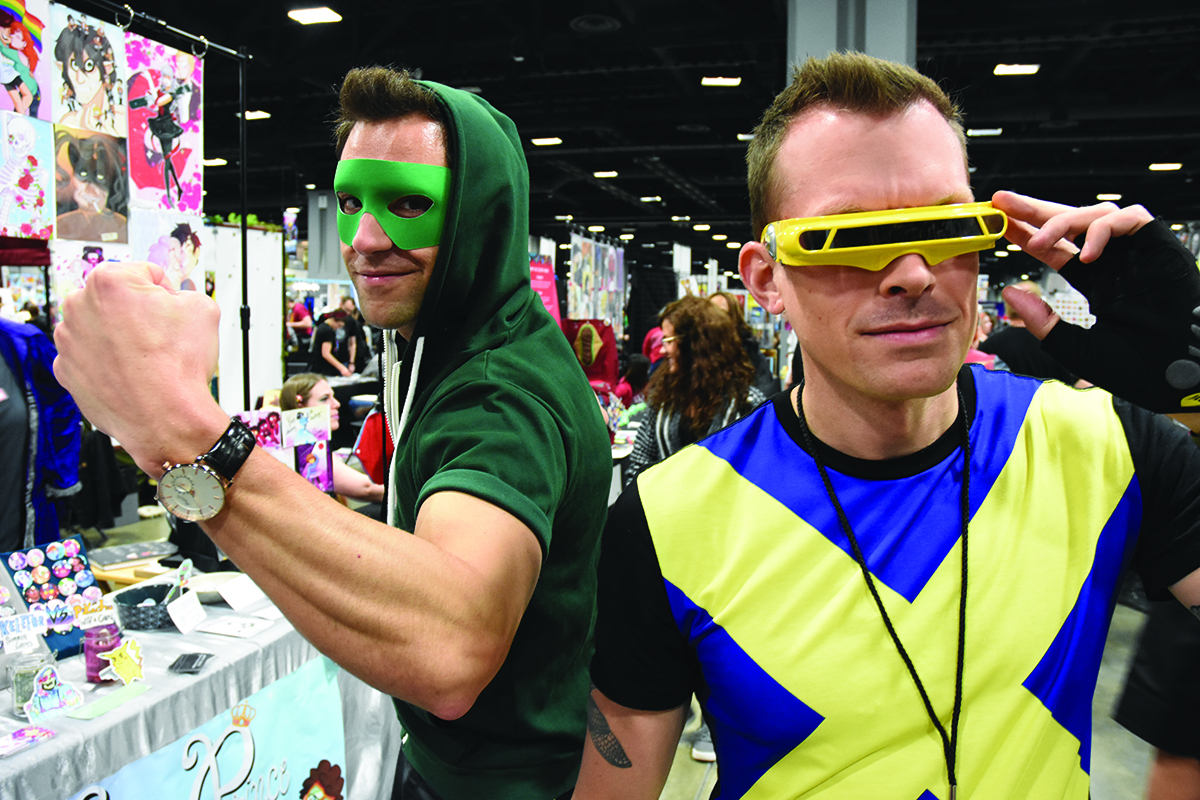
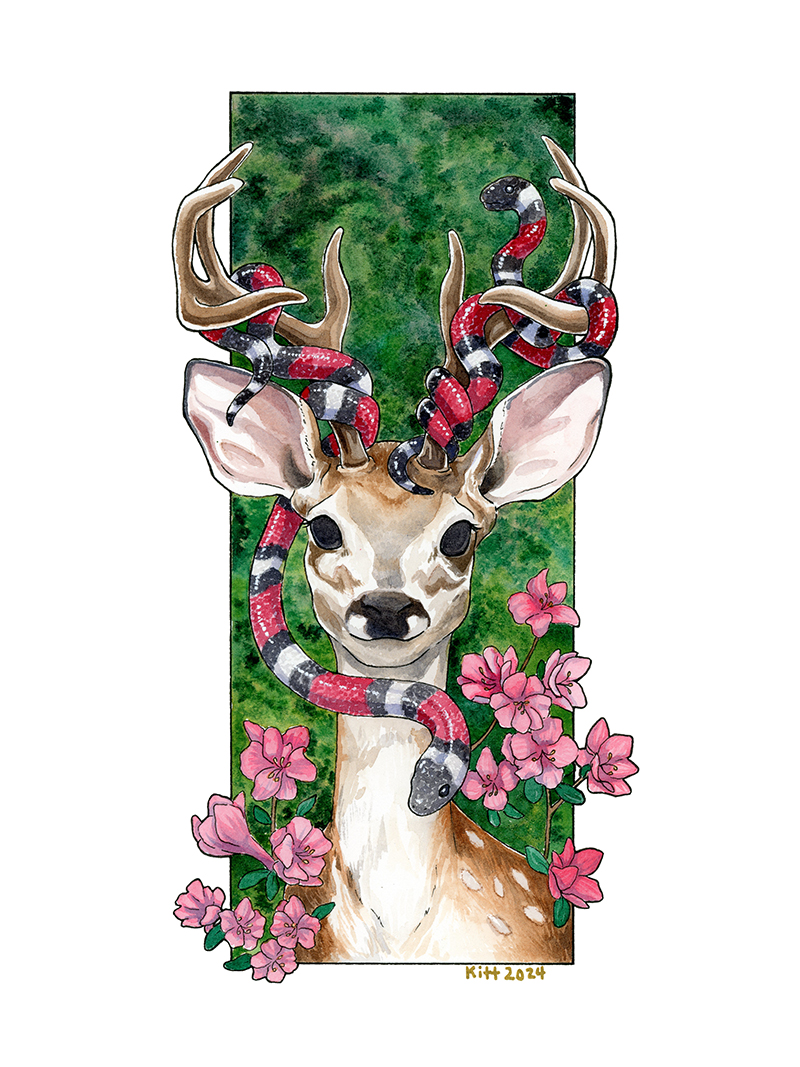
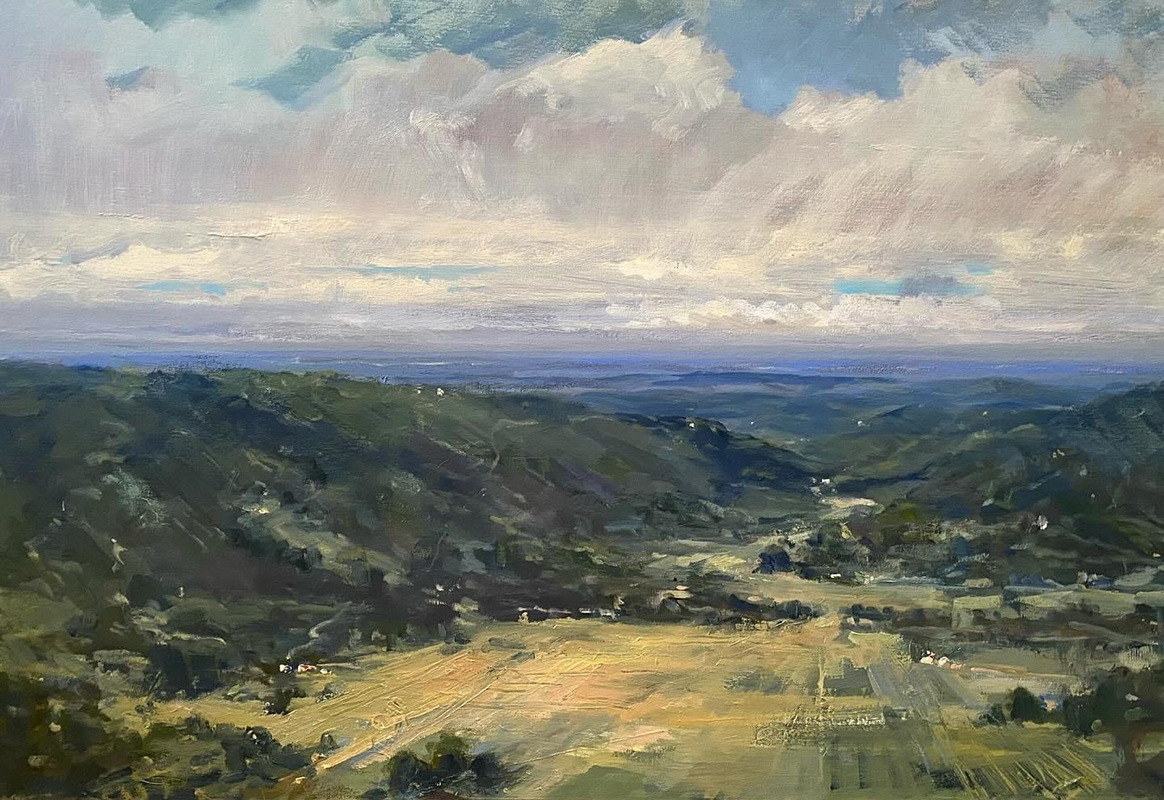















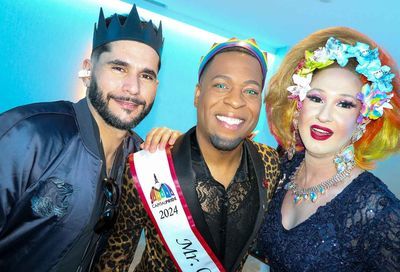
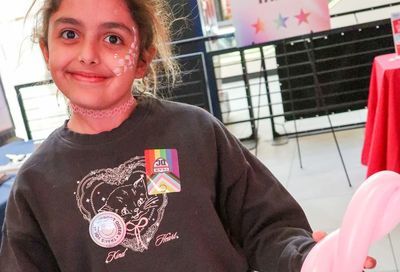
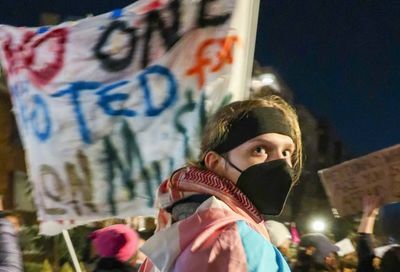
You must be logged in to post a comment.